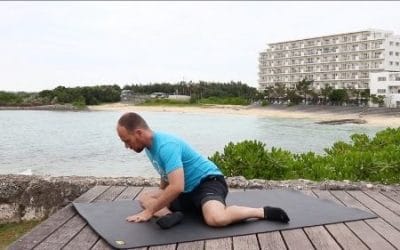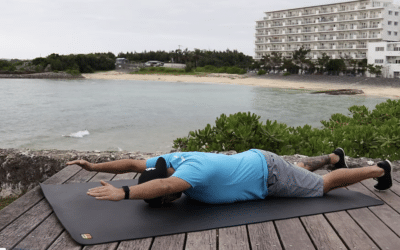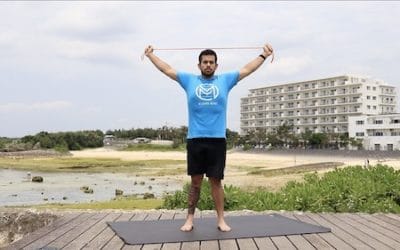Foam Roll Glutes
foam roll glutes
Foam rolling the glutes is a self-myofascial release technique that targets the muscles of the buttocks, specifically the gluteus maximus, gluteus medius, and gluteus minimus. By positioning a foam roller under the hips and applying controlled pressure while moving back and forth, this technique helps relieve muscle tightness, improve flexibility, and promote recovery.
Ideal for athletes and fitness enthusiasts who rely heavily on their lower body muscles, foam rolling the glutes is particularly beneficial after activities like running, cycling, or weightlifting, where the glutes are heavily engaged. The practice can also help alleviate discomfort caused by prolonged sitting or poor posture by increasing blood flow and releasing tension in tight areas.
Incorporate foam rolling for your glutes into your warm-up or cooldown routine to improve mobility and relieve muscle soreness. Adjust the intensity by shifting your body weight on the roller or by crossing one leg over the other to achieve deeper pressure. Practicing this technique regularly will enhance flexibility, reduce tightness, and promote better movement patterns for athletic performance and everyday activities.
Equipment Needed:
- Open floor, or yoga mat
- Foam Roller
Instructions for foam rolling your glutes:
- Sit on a foam roller
- Cross one leg over the other, placing your ankle on top of the opposite knee
- Lean towards the side of the up leg so that your weight is on one butt cheek
- Roll back and forth
- You may need to lean more or less to that side depending on where you are tender
- Focus on any particularly tender areas
- Roll for the prescribed amount of time then switch sides
Common Errors:
- Make sure to relax the muscle being massaged
Progressions / Regressions:
If this is too challenging:
- N/A
If you want more of a challenge:
- N/A
Related Exercises
90/90 Hip Stretch
90/90 Hip Stretch90/90 hip Stretch The 90/90 hip stretch is a powerful exercise designed to improve hip mobility, flexibility, and overall lower body function. This stretch targets the hip internal and external rotators, and the glutes, making it ideal for athletes...
Prone Angel
Prone AngelProne Angel The prone angel is a powerful exercise designed to improve upper back strength, shoulder stability, and overall posture. Performed while lying face down, this movement mimics the motion of making snow angels. It specifically targets the scapular...
Band Pass Through
Band Pass ThroughBand pass through The band pass through, also known as the band shoulder pass through, is an effective exercise designed to improve shoulder mobility, flexibility, and stability. This exercise involves using a resistance band to perform a controlled,...



